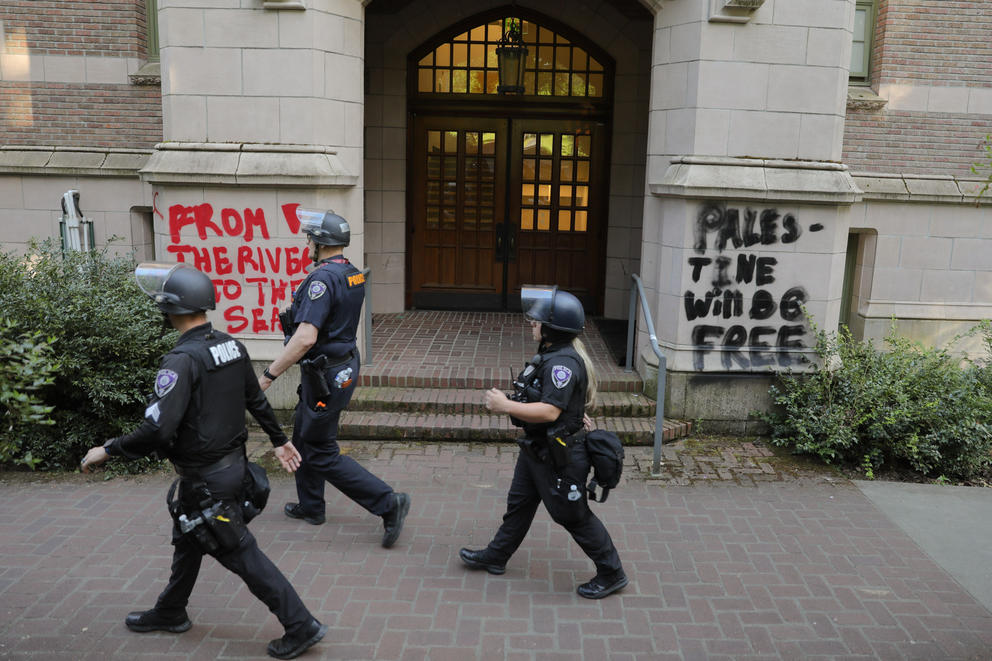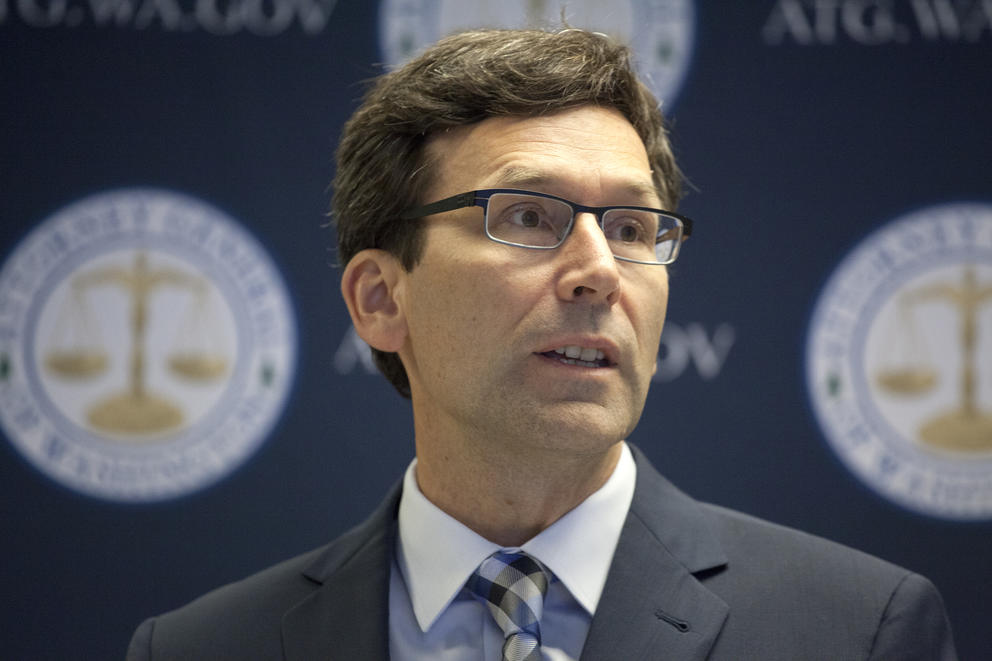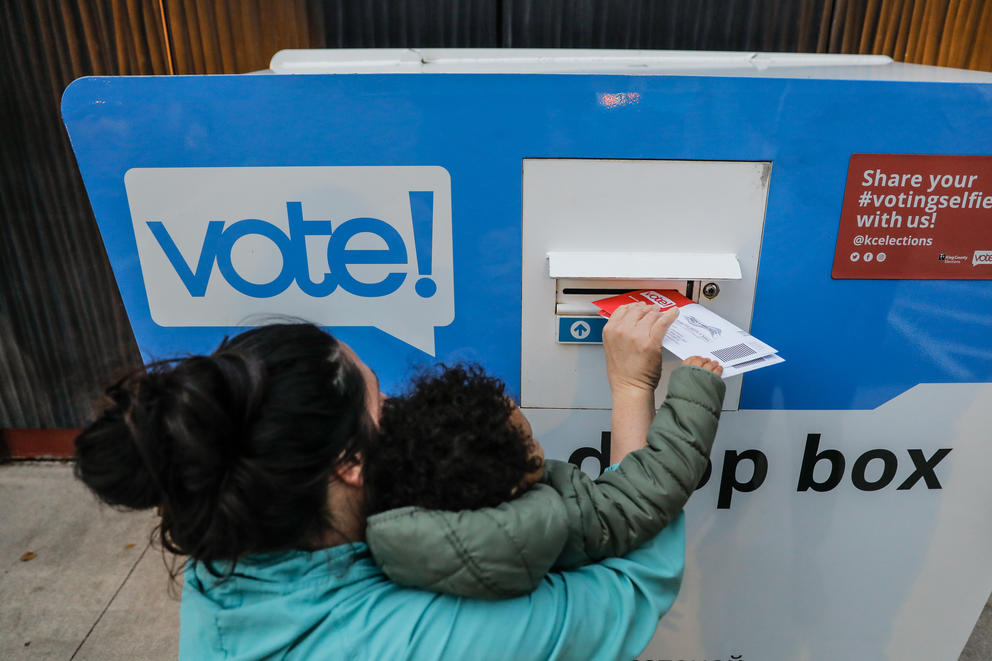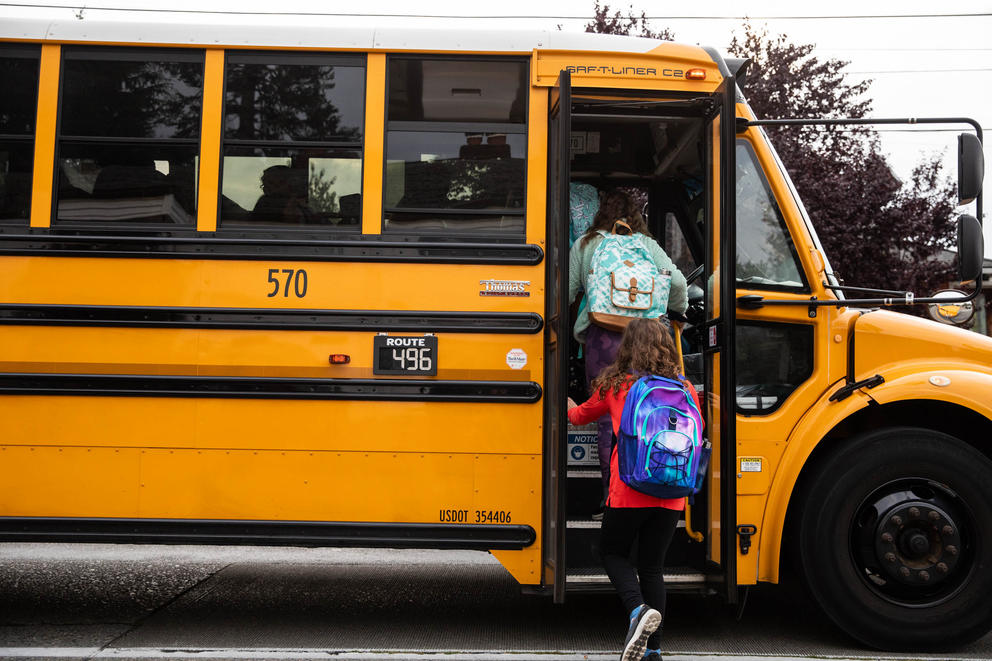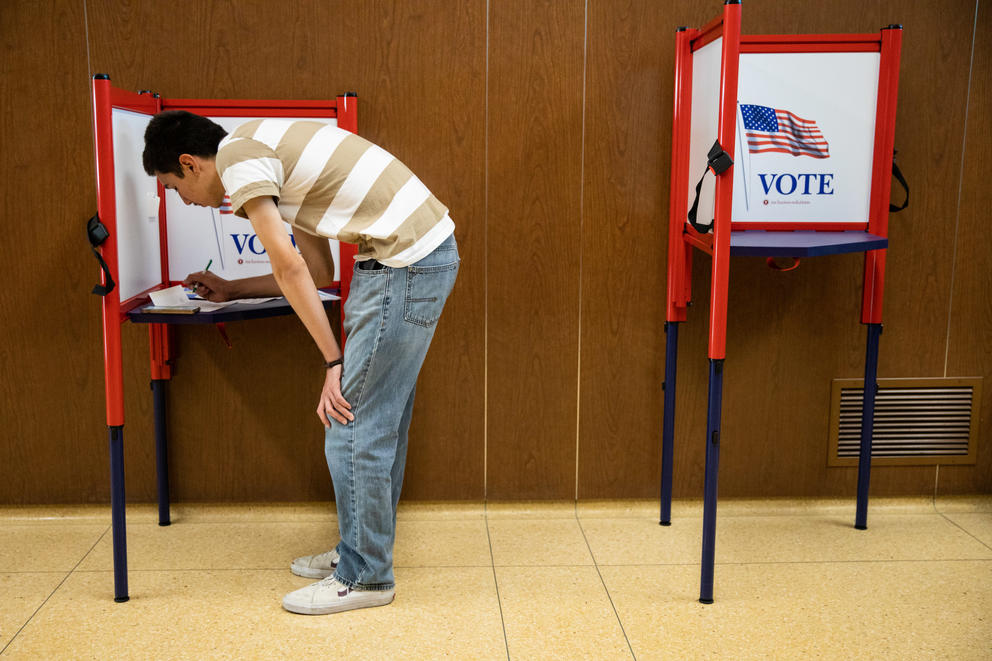Cascade PBS wins two regional Emmys for Mossback, Human Elements

Cascade PBS' David Lee, Alegra Figeroid, Michael McClinton, Sarah Hoffman, Resti Bagcal and Tifa Tomb celebrate two Emmy wins. (Northwest Chapter of the National Academy of Television Arts and Sciences)
The 2023 Northwest Regional Emmy Awards were held on Saturday, and the Cascade PBS Original Productions team came away with some hardware. Cascade PBS won two awards from the Northwest Chapter of the National Academy of Television Arts and Sciences after being nominated for a total of seven.
The episode “The Range Rider" from season 3 of Human Elements won in its category, Environment/Science – Short Form Content. It was the first Emmy for the series and for senior producer Sarah Hoffman, director of Human Elements.
“I am so thankful the hard work of this series was recognized. Human Elements has given us a rare opportunity to share intimate stories that authentically represent our community,” Hoffman said. “On our small team we’ve created a space where we can be creative and where each of us brings unique perspectives to continually elevate the series.”
Mossback’s Northwest won in the category of Historical/Cultural – Short Form Content, making this the second Emmy award for the series. The winning episode chronicles a historic event when German saboteurs blew up a ship in Elliott Bay.
“Being able to tell this story about such an important event in Seattle just before World War I with this amazing team has been the real win. The Emmy is icing on the cake,” says director and senior producer Michael McClinton.
The other nominations for Cascade PBS included episodes of Nick on the Rocks, Black Arts Legacies, Mossback’s Northwest, as well as craft nominations for Sarah Hoffman and Bryce Yukio Adolphson for Photographer and David Quantic for Editor.
Catch up on all our original video series online and on the Cascade PBS app.

